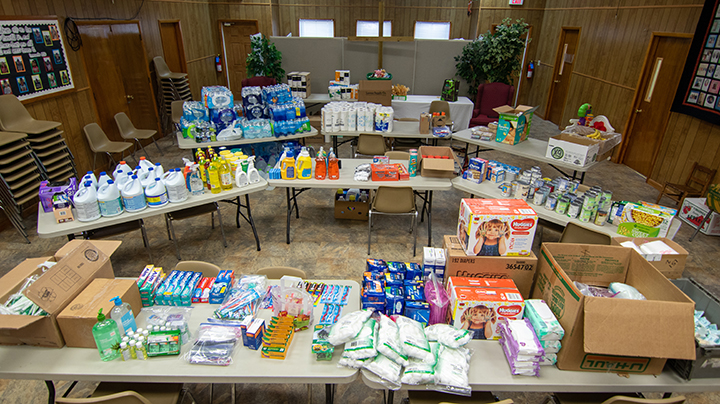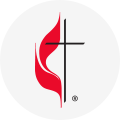Disaster Ministries began a disaster preparation series based on our Connecting Neighbors program. Last week, we highlighted steps individuals can take to prepare their homes. This week’s disaster preparedness topic will focus on church preparation.
Read our Hurricane Preparation Checklist and article on Disaster Preparedness for individuals.
For more information on church preparation, read the United Methodist Insurance’s emergency preparedness handbook for churches.
Here are a few steps your church can take to prepare for natural disasters:
Disclaimer: The information provided in this article is for educational and informational purposes only and should not be construed as legal advice. Please contact your insurance company for more information.

Communication Strategies and Responsibilities
Establish a communications plan for how the church will prepare and respond to a disaster. Make sure church staff members know their responsibilities for preparation and assessment. Create a calling tree to check on congregation members following a storm.
Congregational Records and Contact Information
Compile a list of contact information of the congregation and staff. Have a physical copy with you in case you are unable to access information online or on church computer systems. Be sure to share the contact information with staff or leaders of the calling tree. Make sure to have copies of important documents, such as church records, archives, and church history, in case the documents are damaged in the storm. Consider purchasing waterproof file boxes to protect important information.
Worship Cancellation / Closures and Delays
Does the church have an alternative worship site available? Once a decision is made about closures or delays, whose responsibility is it to communicate to local TV and radio stations? If social media will be used, who is responsible for posting announcements? Make plans for in-church and out-church ministry programs during and after a disaster.
Church Property
Are evacuation plans in place and posted around the property? If people need to shelter in place, are those locations clearly identified? Who will help secure the church property? Who will assess the damage after a disaster? Make sure that any damage to church property or parsonages is reported to the District Superintendent and the District Disaster Relief Coordinator.
Insurance
What does the church’s insurance cover? How soon do you need to file a claim? Talk with your insurance company to see what is covered, how to properly file storm damage claims, and what information will be needed.
Inventory
Take an inventory of the church to document items and their conditions. Brotherhood Mutual Property is a great resource to find inventory lists. Taking photos or videos of the condition of the church is also beneficial when filing insurance claims.
Disaster Kits
Create disaster kits for church members that contains water, food, and supplies for up to 72 hours. Churches can also prepare relief kits containing cleaning and hygiene supplies. For the list of relief kit items, visit the UMCOR Kits page on our website. All relief kits should be delivered to the MERCI Center in Goldsboro, NC for distribution.
Emergency Updates
It is important to have access to severe weather updates and information from emergency officials. Know where your local emergency shelters are located and what the evacuation routes are for your location. Download the FEMA or the ReadyNC app to stay updated during a storm.
If you would like more information on how to prepare for natural disasters, call 888-440-9167 or email disaster@nccumc.org to sign up for the Connecting Neighbors program.

